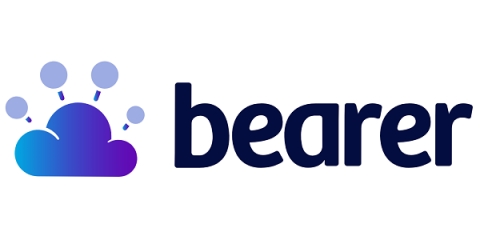How SIEM is evolving in 2020
The evolution of Security Information and Event Management (SIEM) is deeply intertwined with cloud computing, both in terms of technological breakthroughs the cloud provided and from its inherent security challenges. With the rise of cloud computing, we no longer rely on long-lived resources. An ephemeral infrastructure obscures the identity of the components and, even if you do have the visibility it doesn’t necessarily mean you can comprehend the meaning behind the components.











